iPhone 11 vs iPhone 11 Pro: is either worth buying in 2023?
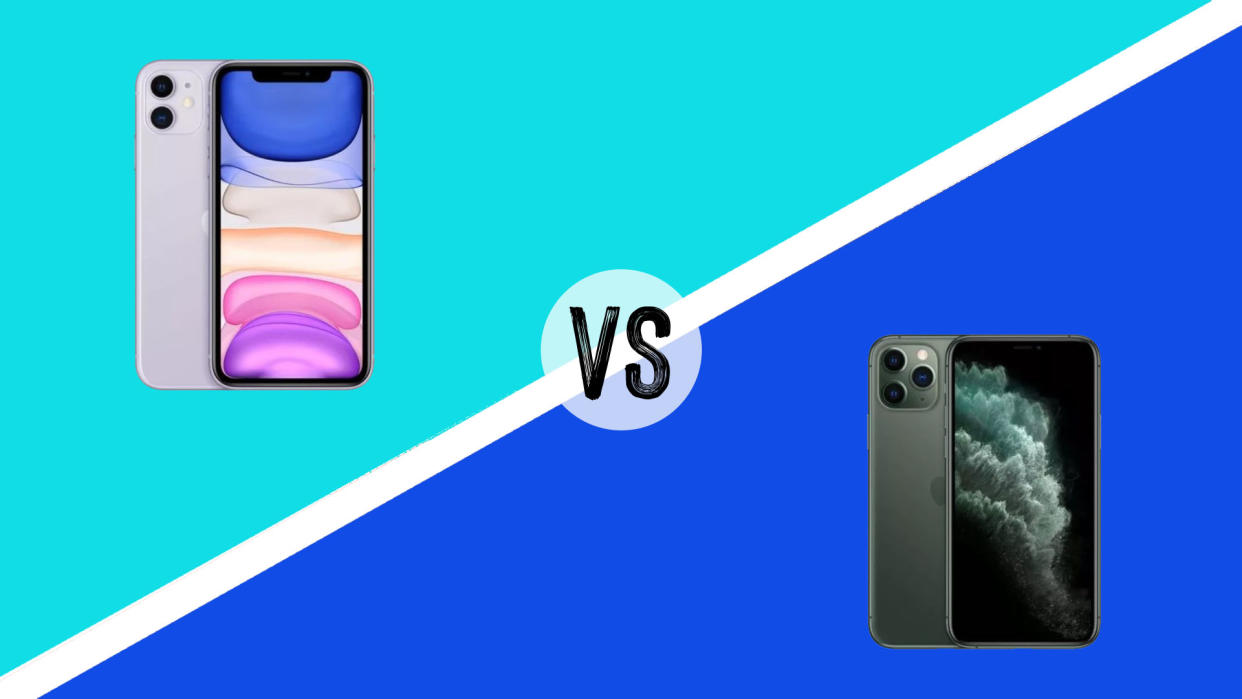
With the recent unveiling of the iPhone 15 and iPhone 15 Pro, plenty of Apple fans will be mulling over whether to upgrade. But if you don't need the latest and greatest, or you're on a budget, you may be thinking about grabbing a deal on an older model, such as 2019's iPhone 11 or iPhone 11 Pro. But is either worth it in 2023?
The iPhone 11 range is four years old now, and Apple stopped selling it directly when it released the iPhone 14 in September 2022. That doesn't mean it's not still a solid option though, as you might find it available at a good price at other retailers. And given that Apple phones tend to last and usually get software support for longer than Android phones, a 2019 iPhone 11 or iPhone 11 Pro is still worth considering if you find a good price and don't need the best camera phone or the fastest processing available.
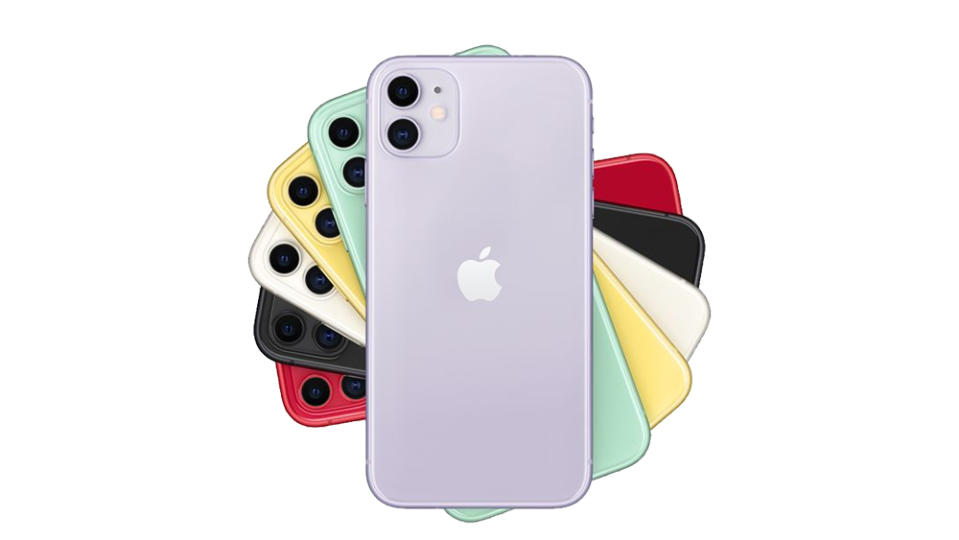
This year's iPhone 15 comes in four versions, but the iPhone 11 had only three: the standard iPhone 11, the higher-end iPhone 11 Pro and the larger iPhone 11 Pro Max (so no mini like we saw with the iPhone 12 and 13, and iPhone Plus like we have with the 14 and 15). Below, we compare iPhone 11 vs iPhone 11 Pro and Max specs, features, performance and price to help you decide which is the best one for you.
You might also want to compare iPhone 11 vs iPhone 12 and see our And if you're considering Apple's latest phone, see our iPhone 14 review and our roundup of the best iPhone 14 prices. We've also made our pick of the best iPhone 14 cases.
If you do decide to opt for an iPhone 11 or iPhone 11 Pro, see our roundup of the best iPhone 11 deals or the list of prices further down in our iPhone 11 vs iPhone 11 Pro comparison. For more options, see our picks of the best smartphones and the best iPhone for photography. In the meantime, here's our comparison of iPhone 11 vs iPhone 11 Pro vs iPhone 11 Pro Max.
iPhone 11 vs iPhone 11 Pro: design
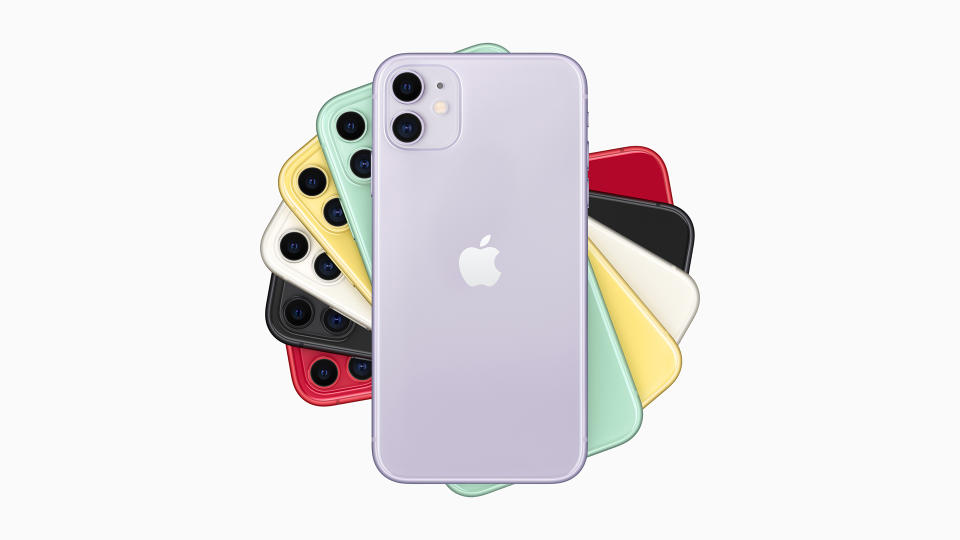
The iPhone 11 and iPhone 11 Pro clearly share the same design philosophy, but it's clear in the finish why the Pro is more expensive. Both phones have an all-screen design with no buttons on the front, a notch in the display for the Face ID facial recognition camera and curved metal edges, wrapping around to the flat rear of the phone. However, the iPhone 11 has slightly larger borders at the edge of the screen and has aluminium rather than stainless steel sides. It also has a smooth, glossy glass back, whereas the 11 Pro and Pro Max have frosted, matt-textured glass backs.
That said, the standard iPhone 11 still looks and feels like a top-quality Apple device. But the iPhone 11 Pro is notably more refined even before we turn to the internals. You do get more colour options with the standard iPhone though. The iPhone 11 comes in black, white, yellow, green, purple and red, whereas with the iPhone 11 Pro and Pro Max, you're limited to black, silver, gold and green.
iPhone 11 vs iPhone 11 Pro: display
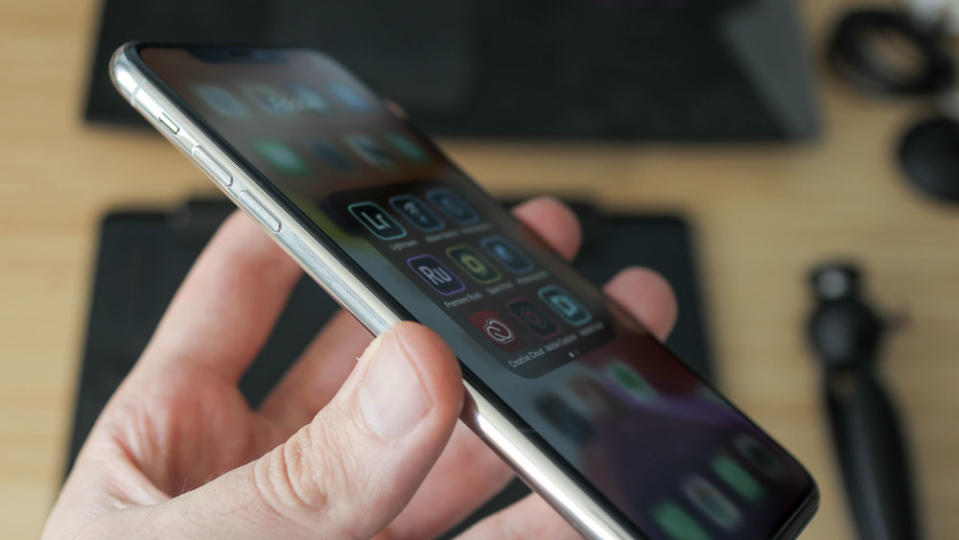
One of the main battlegrounds in iPhone 11 vs iPhone 11 Pro is the screen, both in terms of technology and size and resolution. Starting with size, the iPhone 11 screen measures 6.1 inches (the same as the Phone 12 and 13). The iPhone 11 Pro is slightly smaller at 5.8 inches, and the iPhone 11 Pro Max measures 6.5 inches. The difference between the latter two, which have the same internals, makes the Pro reasonably one-hand friendly while the Pro Max is definitely a two-hander. That said, the iPhone 11 has wider bezels than the 11 Pro, so the 6.1-inch iPhone 11 and the 6.5-inch iPhone 11 Pro Max are actually fairly close to each other in overall size.
But there’s more than just size to consider. The iPhone 11 has a resolution of 1,792 x 828 and a pixel density of 326ppi. That’s perfectly decent but not cutting edge for detail. The 5.8-inch iPhone 11 Pro has a significantly sharper 2,436 x 1125 display at 458ppi and the 6.5-inch Max has a 2,688 x 1,242 resolution, again at 458ppi.
Also, the iPhone 11 has an LCD screen, while the iPhone 11 Pro uses OLED, which offers better contrast and more vibrant colours. It's brighter: typically 800 nits compared to 625 on the iPhone 11 (625 is plenty, but for the best visibility, especially outside, brighter is better). Both screens excel in terms of colour accuracy and all iPhone 11 models support the P3 colour gamut and Apple’s True Tone tech for adjusting the colour temperature to the ambient lighting of your setting.
The 11 Pro’s screen is excellent for HDR too, reaching a peak brightness of 1,200 nits in HDR video. The iPhone works with Dolby Vision video, so you get real HDR performance here from the OLED. The iPhone 11 screen doesn’t do HDR at all.
When we reviewed the iPhone 11 Pro, we found the OLED screen suffers slightly from more of a colour cast when viewed at an angle, but since you mostly look at a phone head-on, that's not a huge issue. So, for detail, the Pro wins. And once you've made that decision, your choice between the Pro and Pro max will depend on size.
It's worth noting that in terms of display, the iPhone 14 Pro and Pro Max offer a new feature in the form of the 'dynamic island'. This area houses notifications and provides quick access to apps.
iPhone 11 vs iPhone 11 Pro: battery life
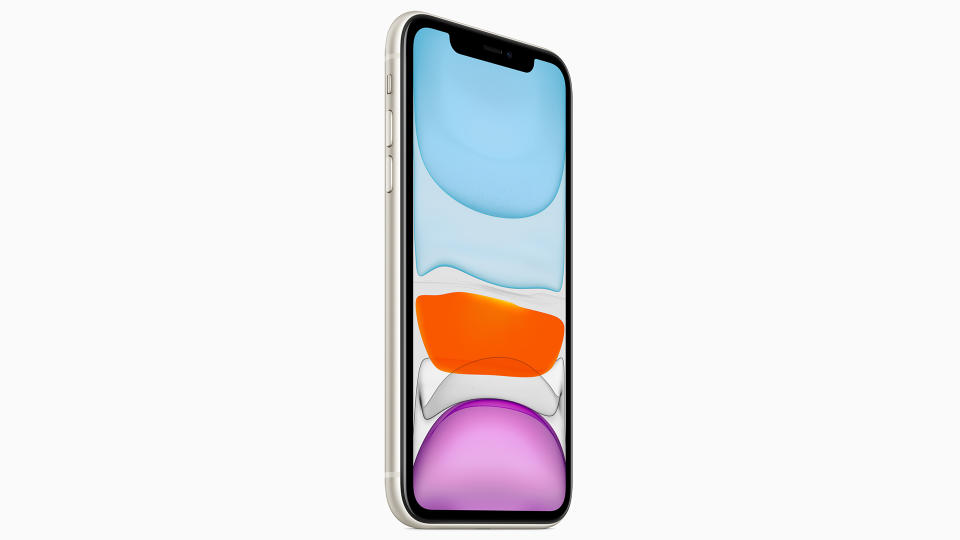
We can sum this one up fairly succinctly. The bigger the iPhone, the longer the battery life. This means the smaller iPhone 11 Pro has the shortest battery life of the trio, although it should still give you a full day's use under normal conditions. The iPhone 11 does better, thanks to its bigger body (thus a physically larger battery) and lower-res screen. You’ll get several extra hours from the Pro, but the iPhone 11 Pro Max does even better, cramming in the most battery capacity to offer two days of use if you use it carefully.
Of course, this will vary considerably depending on use. Downloading files over 4G uses lots of battery power, as does taking a lot of pictures and video or editing multi-layer images, but the 11 Pro Max gives you the most flexibility to do all that and still check social media before bed.
iPhone 11 vs iPhone 11 Pro: camera
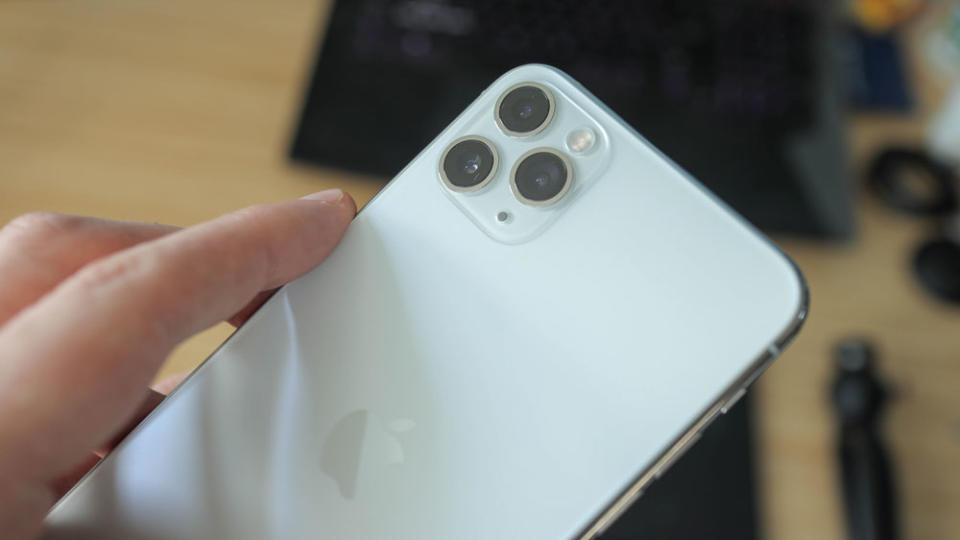
The cameras then, which are a factor many people will be here for, and it's something where we often expect the most improvements in each iPhone. The iPhone 11 has a dual-lens rear camera system, while the iPhone 11 Pro has a triple-lens system. All models include an ultra-wide lens and a wide lens, but the 11 Pro adds a telephoto too.
To make comparing iPhone 11 vs iPhone 11 Pro easier, the ultra-wide and wide cameras are the same on all three devices. The ultra-wide lens is f/2.4 with a 120° field of view and a 12MP sensor, and it gives you a 0.5x zoom compared to the wide. The wide is f/1.8, again with a 12MP sensor.
There are a lot of features that combine hardware with software, including Night Mode for detailed shots in extremely low light, Portrait Mode to add fake depth of field, and Apple’s Smart HDR and Deep Fusion systems to mix data from multiple images every time you press the button, creating create sharper and better-exposed shots.
The big difference in iPhone 11 vs iPhone 11 Pro as far as the cameras are concerned is that the Pro and Pro Max models add a telephoto lens, which is a 2x zoom compared to the wide, with a f/2.0 aperture. This makes for the one other notable difference, which is that the Pro can take Portrait Mode shots with anything as the subject because it uses its bigger array of lenses to create a real depth map and detect edges in 3D; the iPhone 11 can only take Portrait Mode shots of people and pets because it uses software-based detection to detect edges and estimate the depth map.
The front cameras on iPhone 11 and 11 Pro are identical, too – a 12MP sensor with f/2.2 lens. You can take 4K video at 60fps on any camera of all iPhone 11 models. There’s no true HDR video recording, but Apple does use ‘Extended Dynamic Range’ to better capture difficult exposures in scenes. It’s like recording in HDR but outputting to SDR using the extra information captured for a stronger balance.
Both iPhones are capable of taking raw shots, which may be welcomed by some photographers but won't mean much to anyone who doesn't do post-production work. The newer 12 Pro introduced a ‘ProRaw’ file, which outputs a raw photo after Apple applies its HDR and Deep Fusion tech, giving the best of both worlds. Don't miss our iPhone Pro camera tips to get the most out of your camera.
iPhone 11 vs iPhone 11 Pro: performance
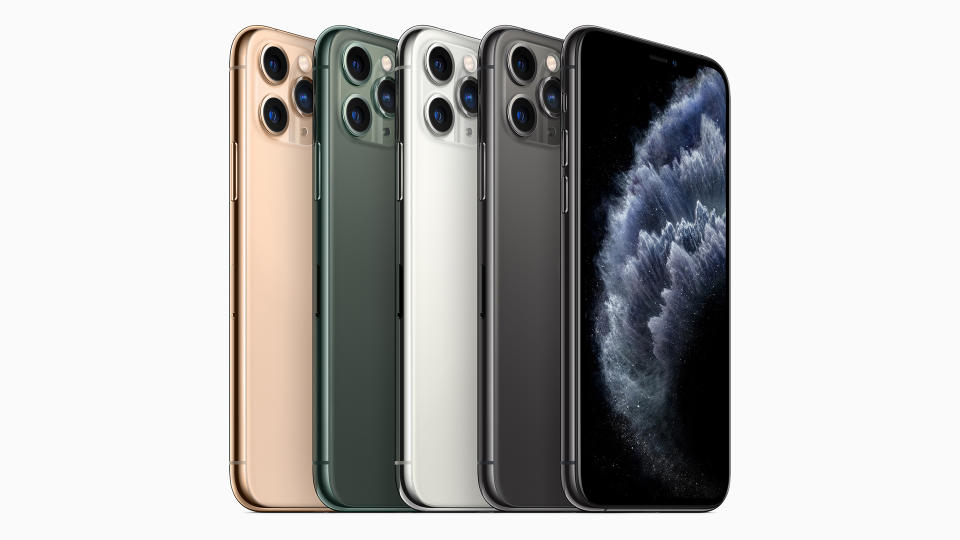
All three iPhone 11 models use Apple’s A13 Bionic processor, at the same speed, with the same 4GB of RAM. This was the fastest phone processor on the planet when the phone were released, not surpassed until Apple’s follow-up, the A14 processor in iPhone 12. It remains a very strong chip, near laptop strength in terms of power. It can handle 4K video editing, processing large files, opening and editing complex images with real-time changes, and, well, messaging and stuff, is that what phones used to be for?
The only limitation you’re likely to come across is the RAM, and even then the only problem we’ve ever seen is that in image editing apps, the maximum number of layers you can have depends on the canvas size – the multiplication of the two can fill the RAM. But you have to be 1) doing much more than just mid-tier photo edits, and 2) slightly bonkers to want to get that involved on a phone screen.
iPhone 11 vs iPhone 11 Pro: conclusion
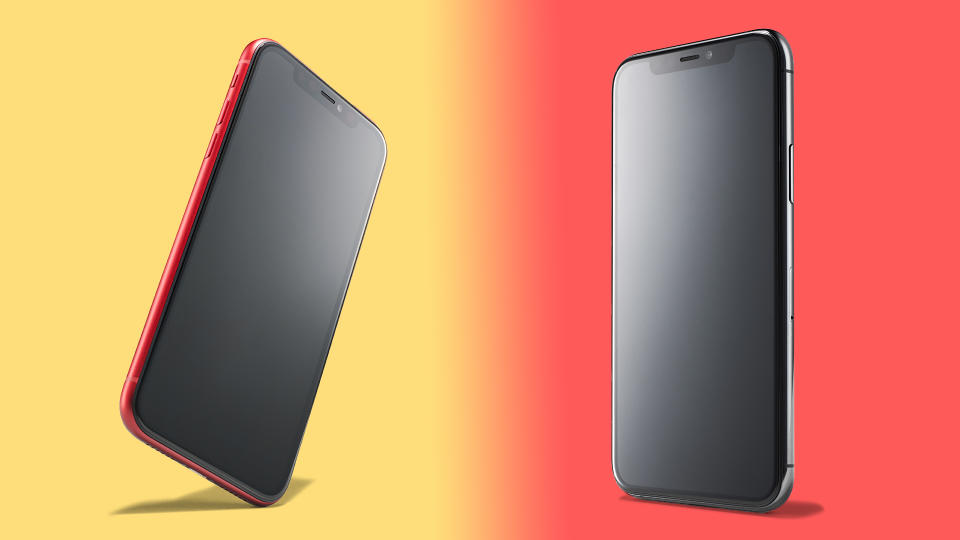
When it comes to capability and performance, there’s no doubt that the iPhone 11 Pro is the better option, especially for creatives, thanks to its more flexible triple-lens camera system and OLED screen, which offers superior brightness and sharpness. The Pro Max adds in the benefit of the best battery life of the three phones, which can be vital for intense days working out of the office or home.
However, both iPhone 11 Pro options are considerably more expensive than the standard iPhone 11. Considering that the iPhone 11 offers the same colour accuracy on the screen, is just as capable at running apps and opening large files for viewing, and offers better battery life than the smaller 11 Pro, it’s still a great buy. However, in both cases, these phones are no longer in production, so your choice may depend on the prices that you find for models on offer – in most cases, they're likely to be renewed models.
We think most people will choose which to go for based on the budget they have in mind. In all cases, you’ll get a powerful phone with excellent screen quality and high-quality cameras. Of course, the iPhone 12 and 13 do offer upgrades in many areas, and it sounds like the iPhone 15 will add more. Many people will prefer to pay for those, but if you're bargain hunting, the iPhone 13 still offers a solid smartphone. Take a look at today's best prices on the iPhone 11, iPhone Pro and iPhone Pro Max below.

